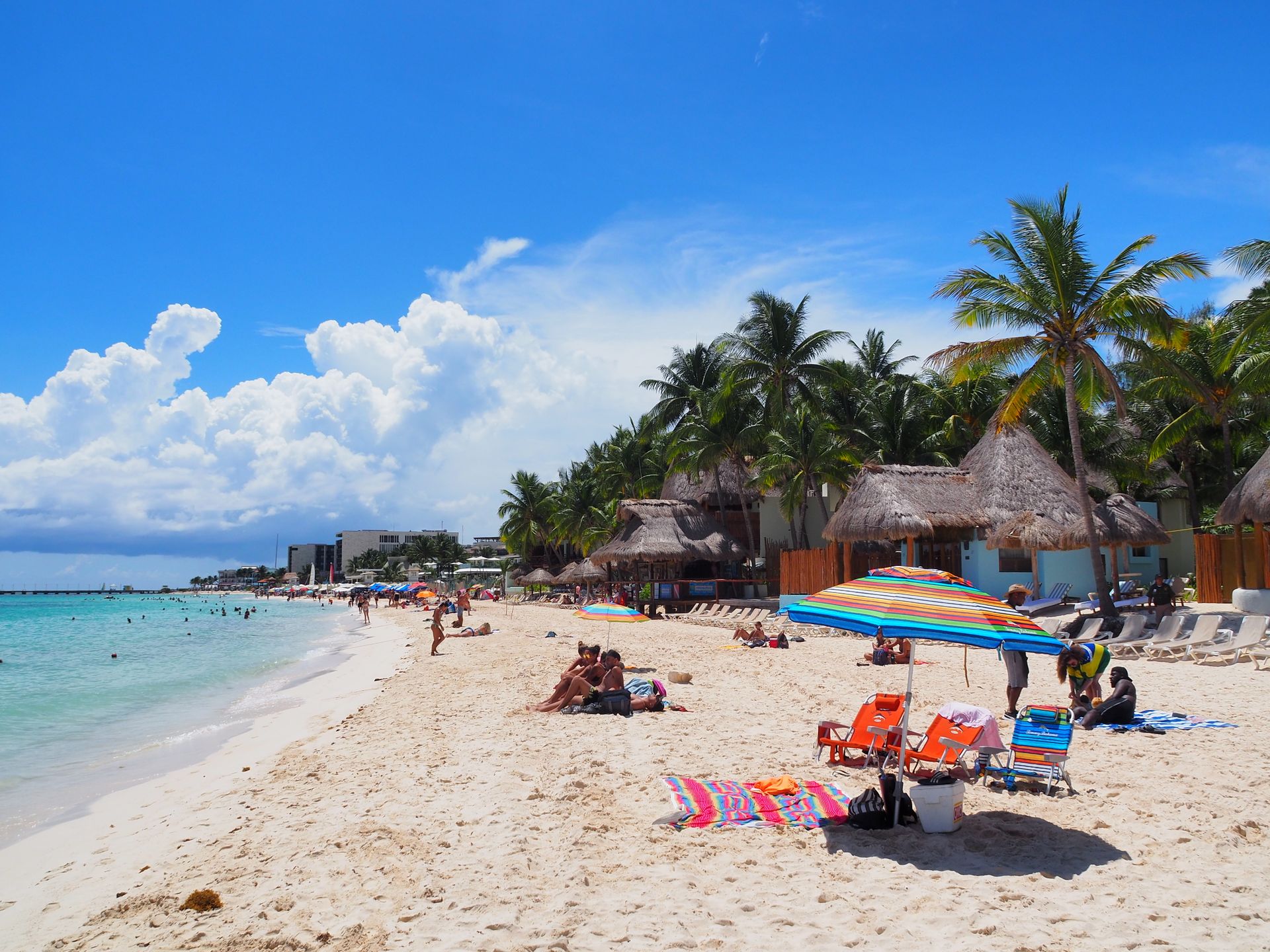
Auszeit - Reise Richtung Osten
vakantio.de/auszeit-reise-richtung-osten
Kokanee Glacier & Slocan Lake
شايع ٿيل: 29.08.2019
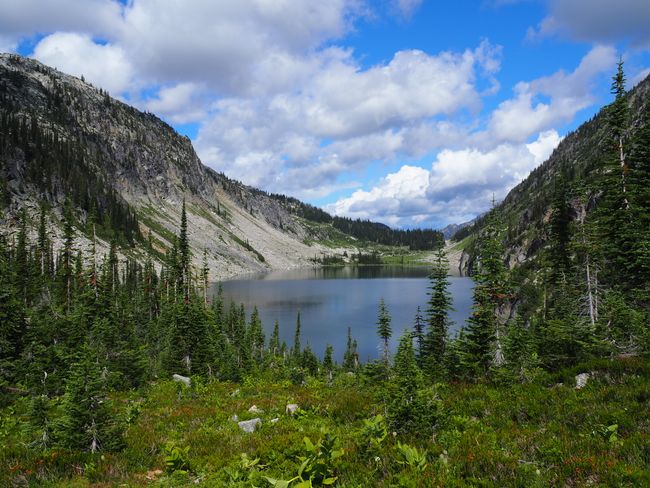
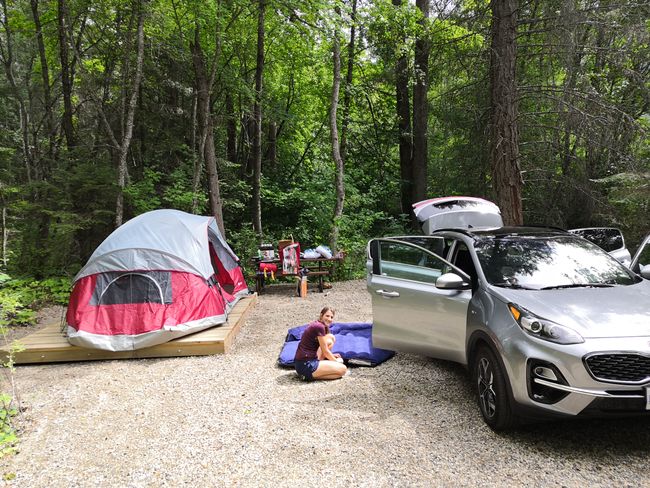
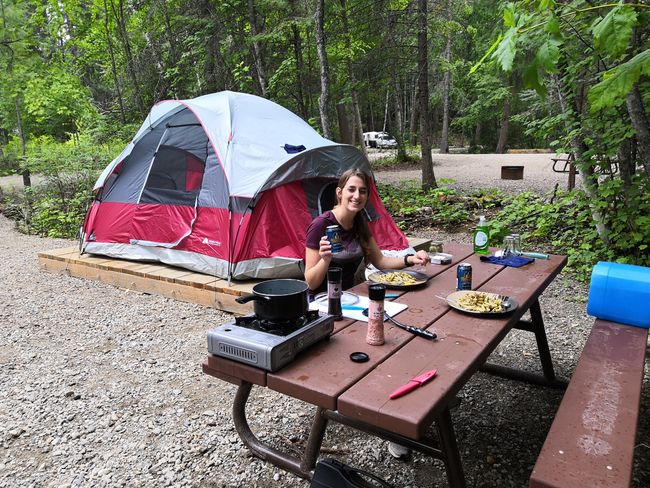
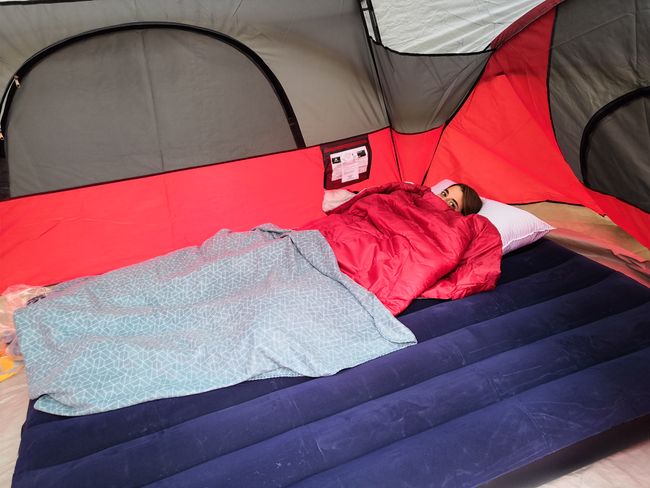
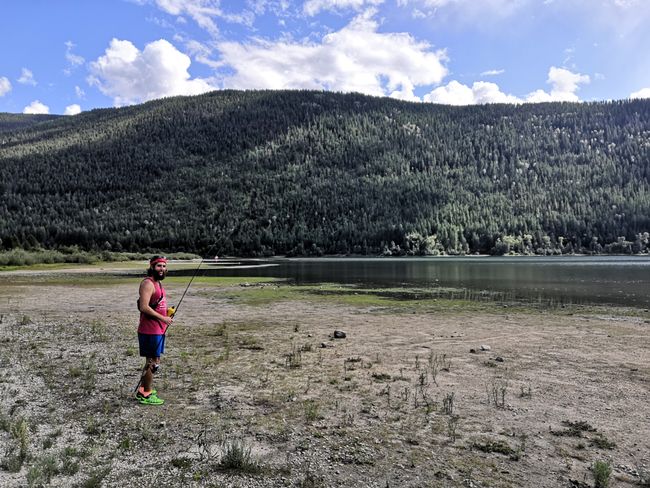
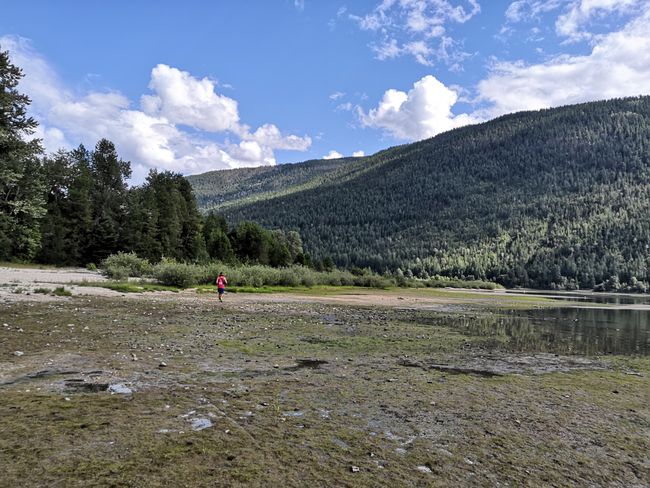

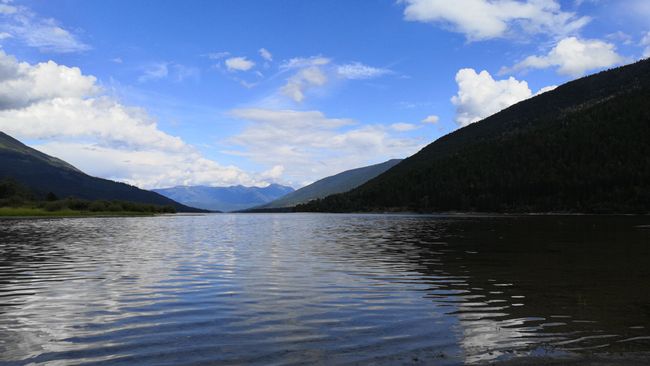
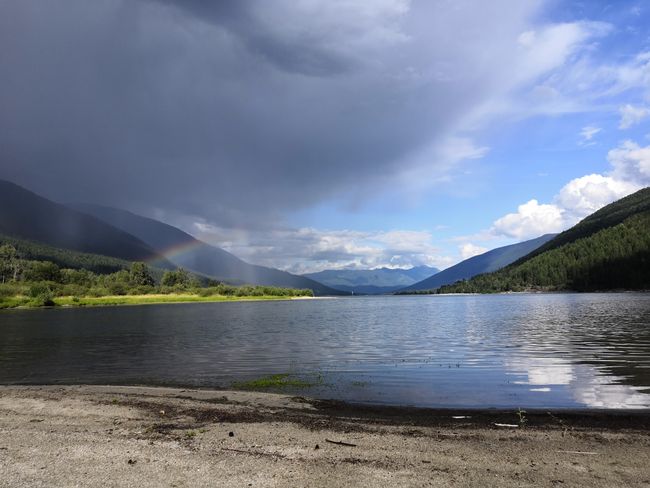
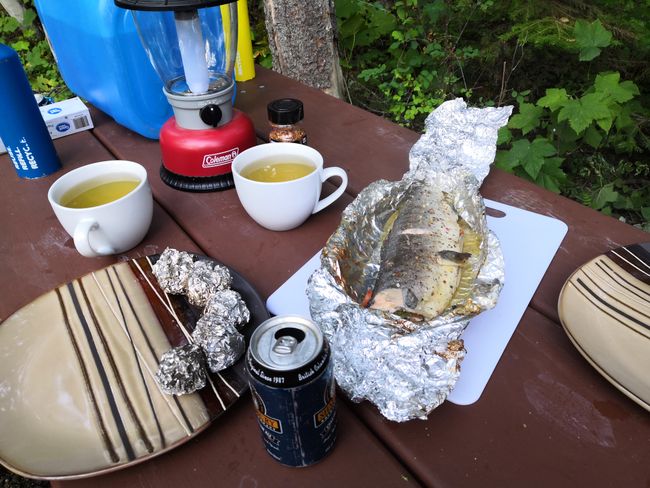
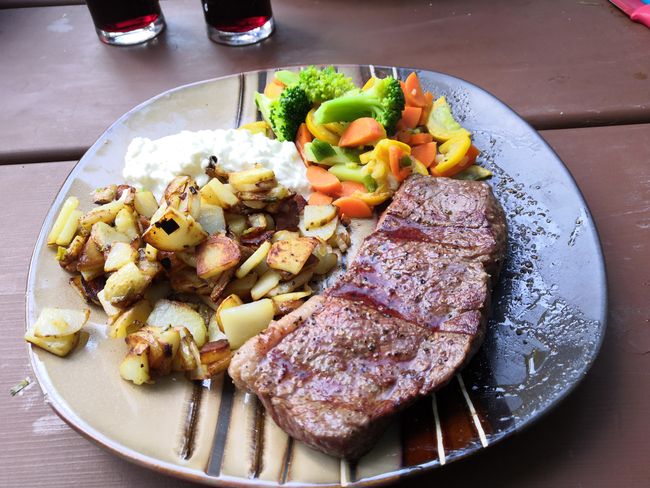
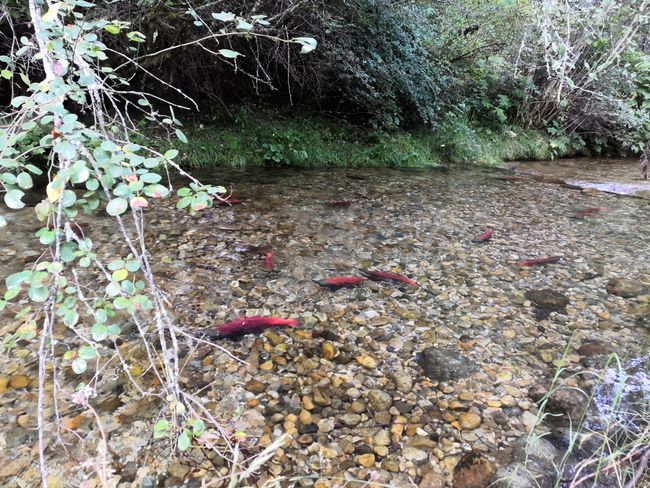
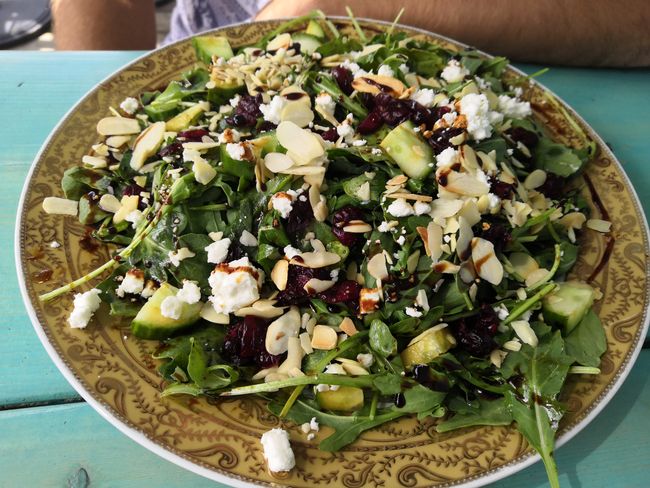
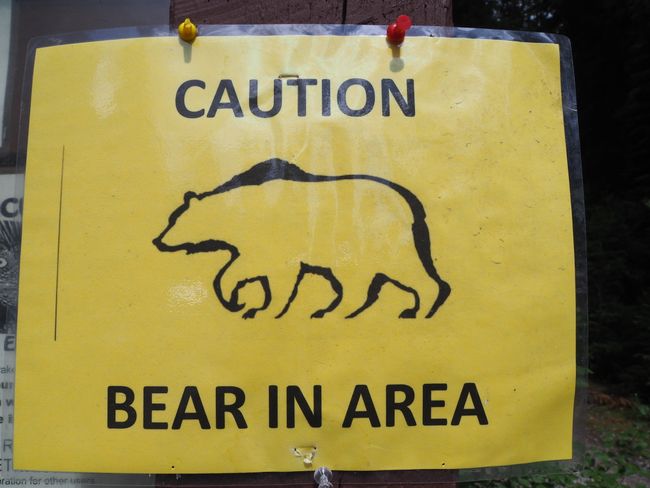
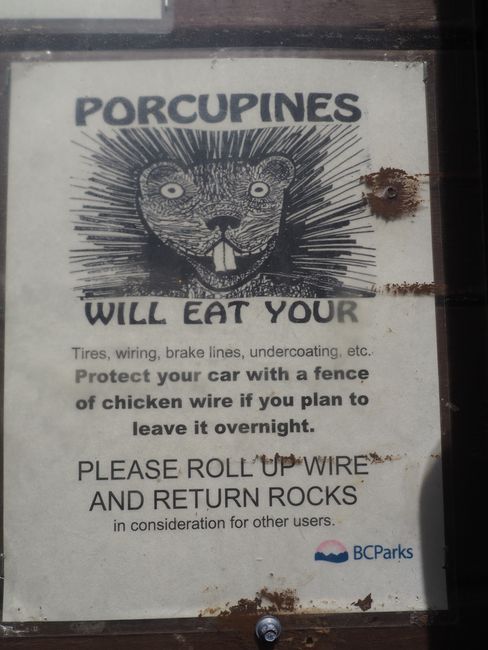
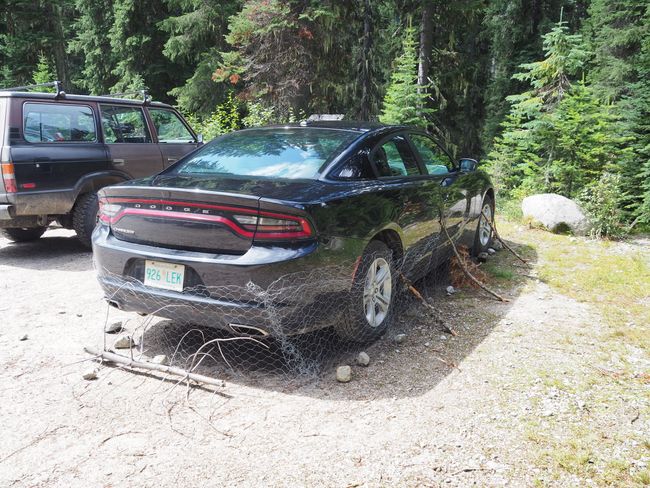
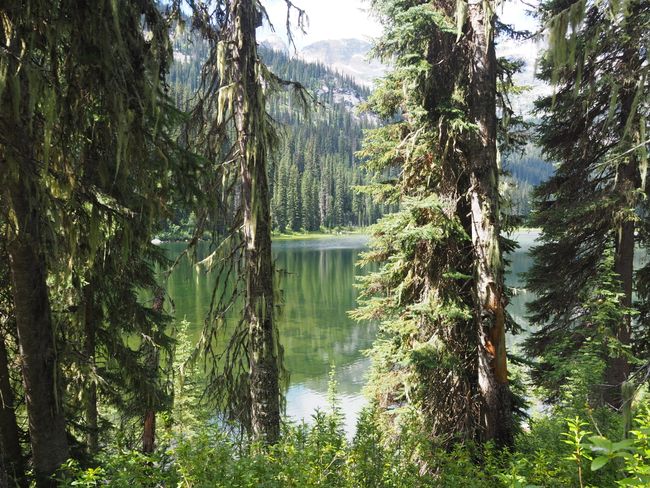
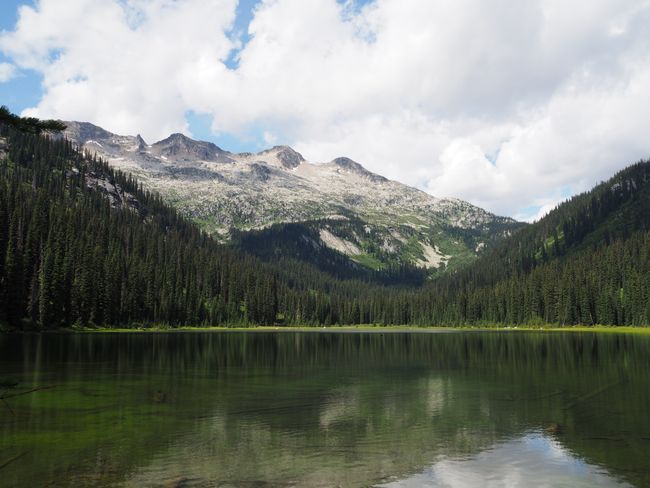
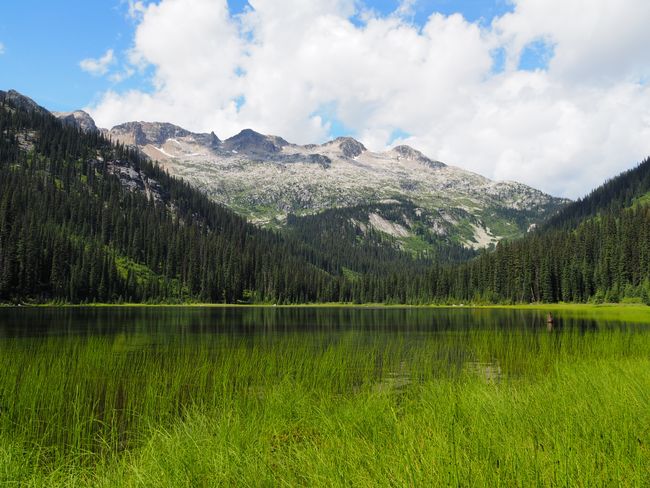
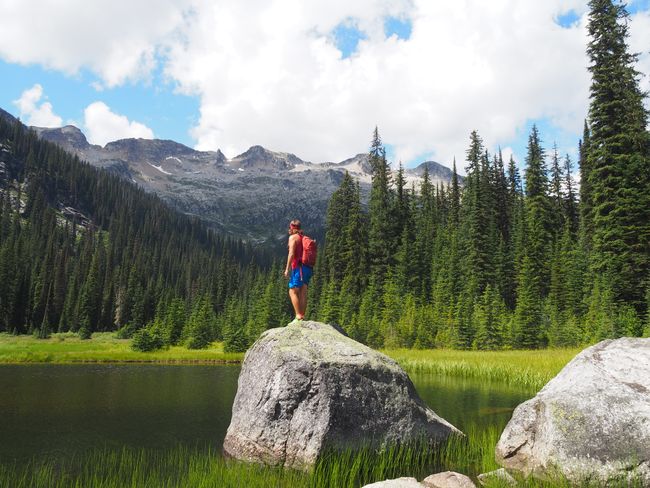
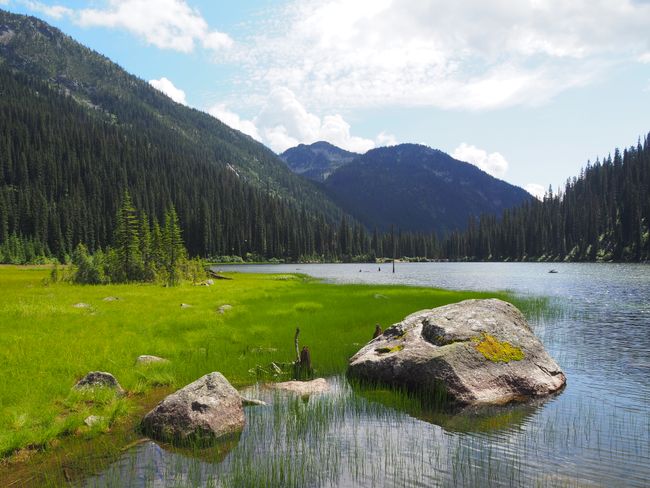
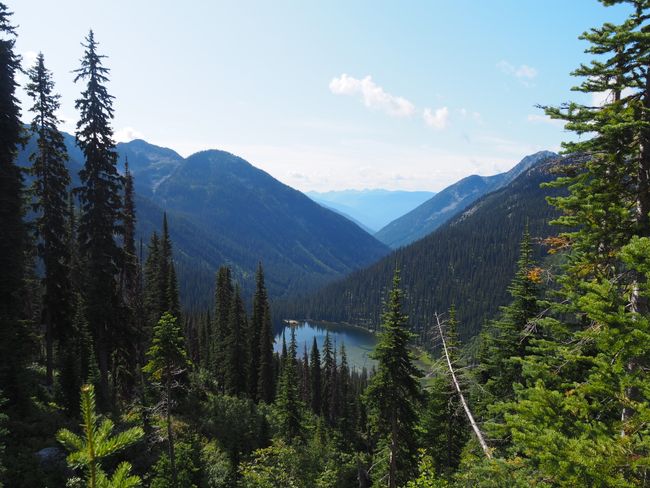
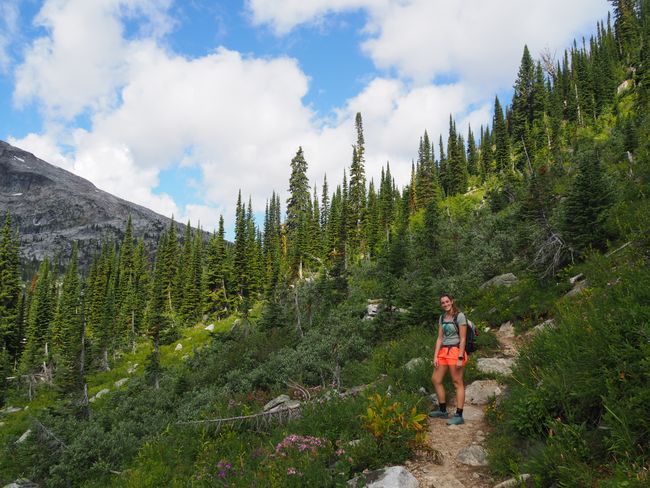
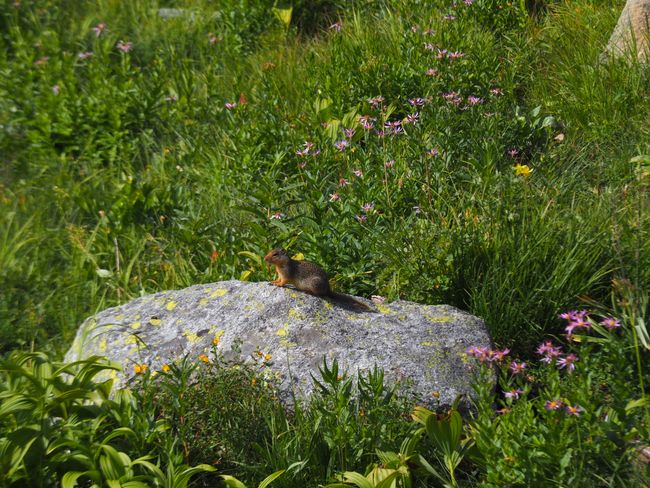
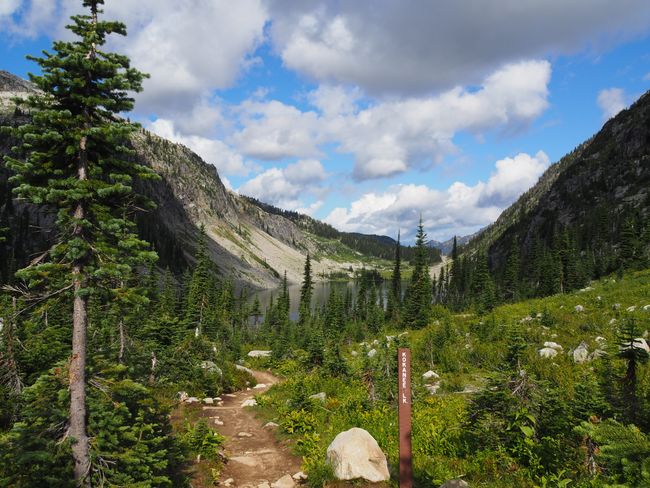
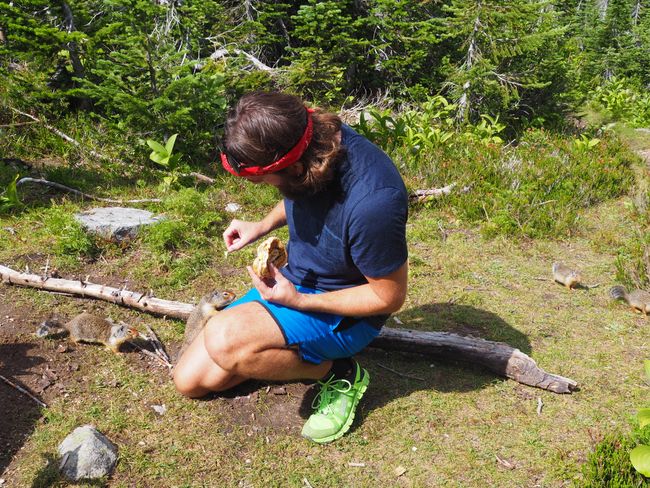
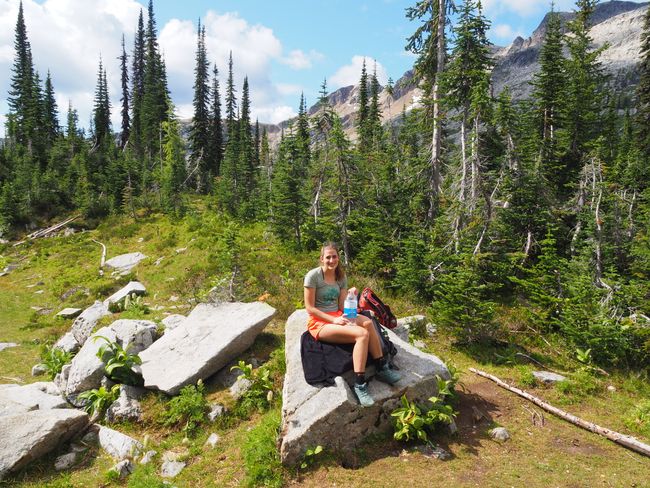
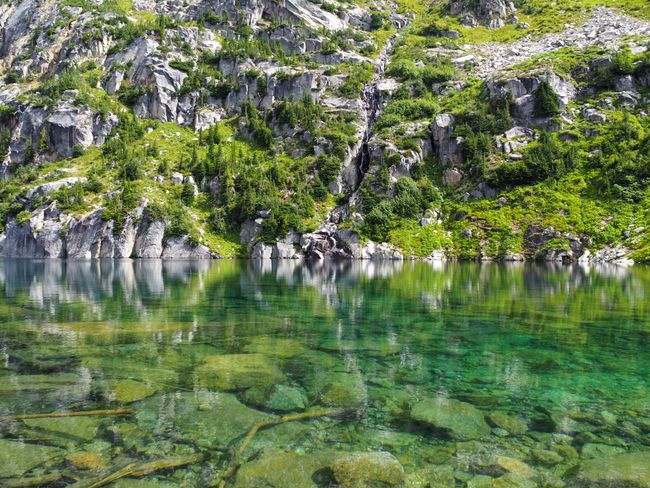
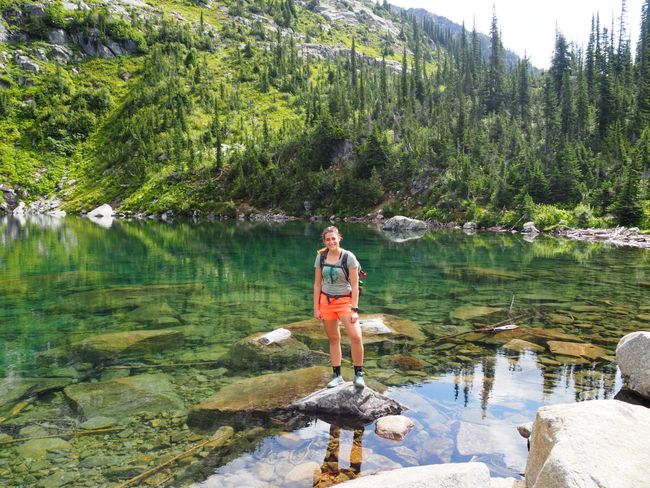
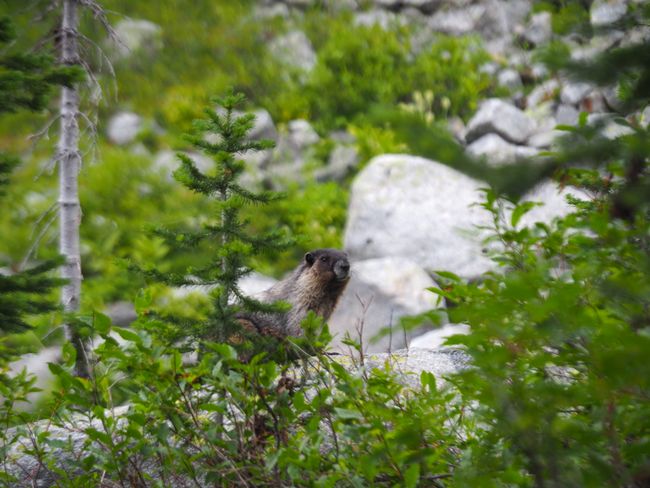
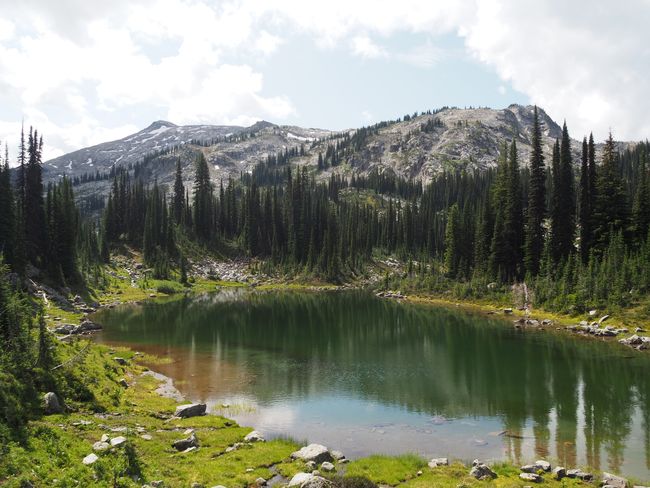
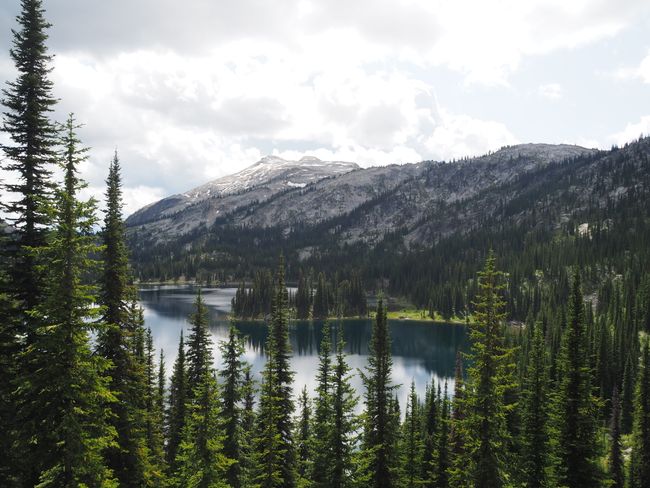
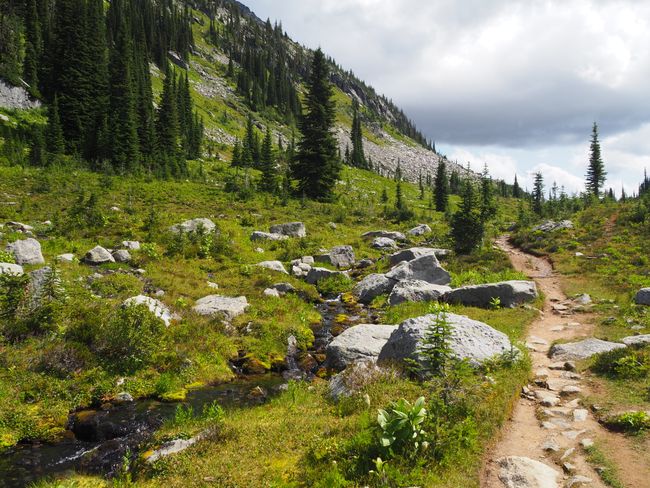
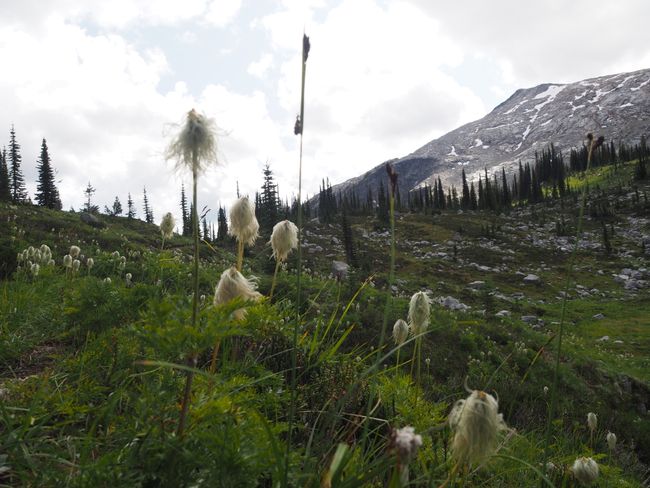
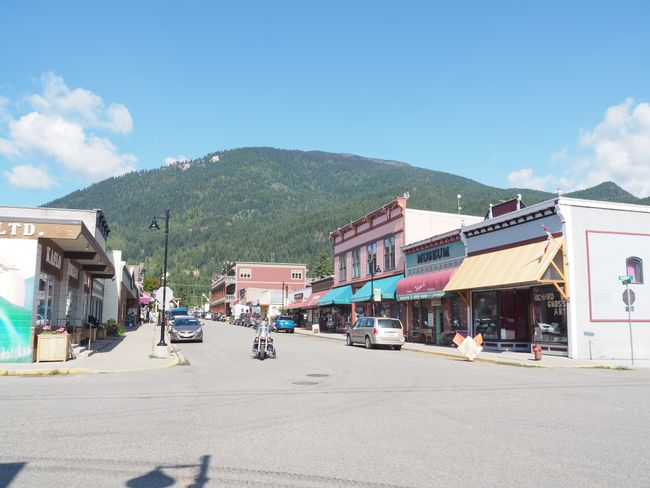
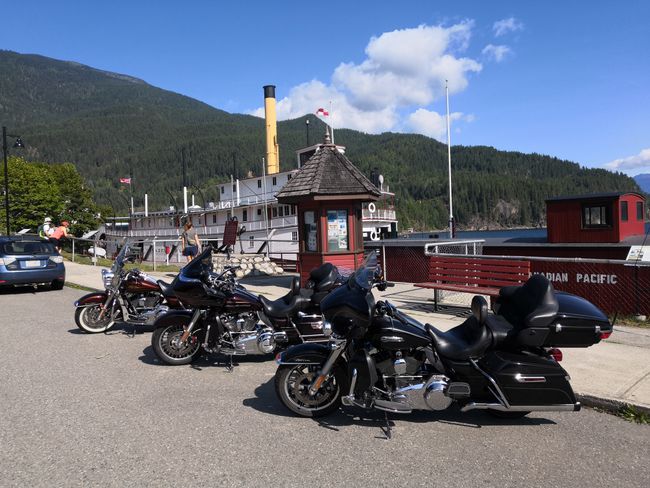
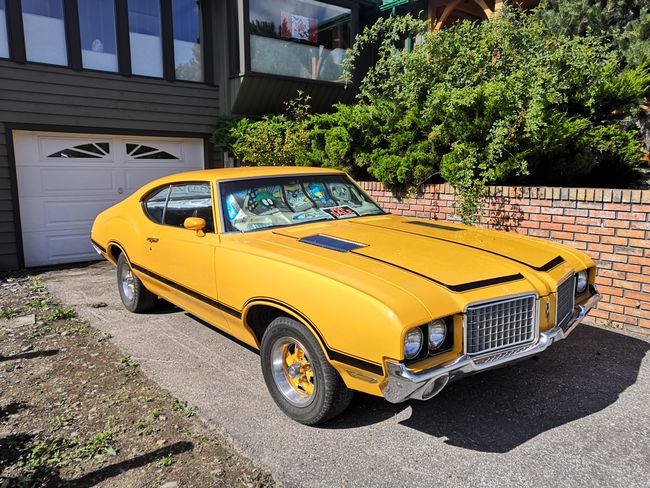
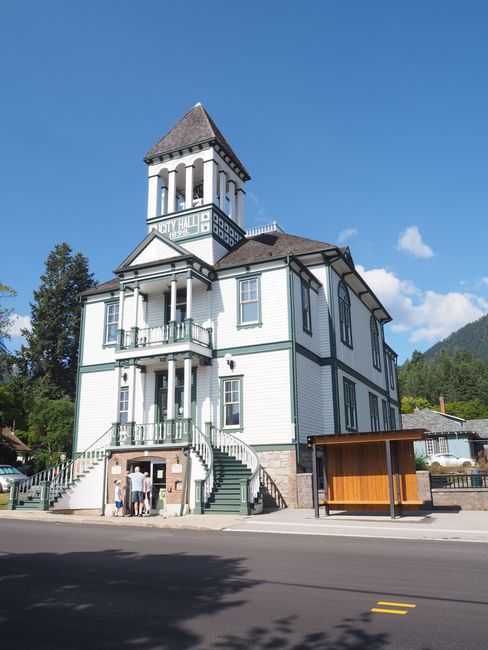
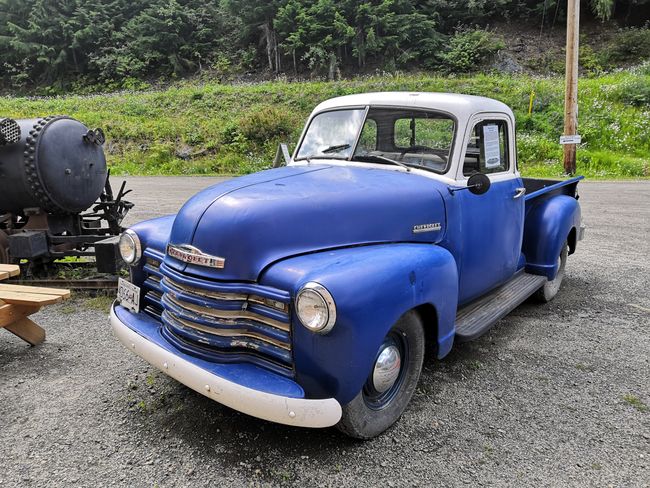
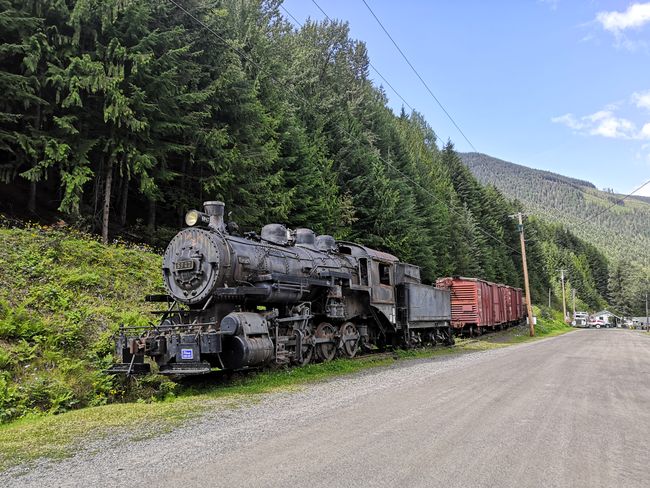
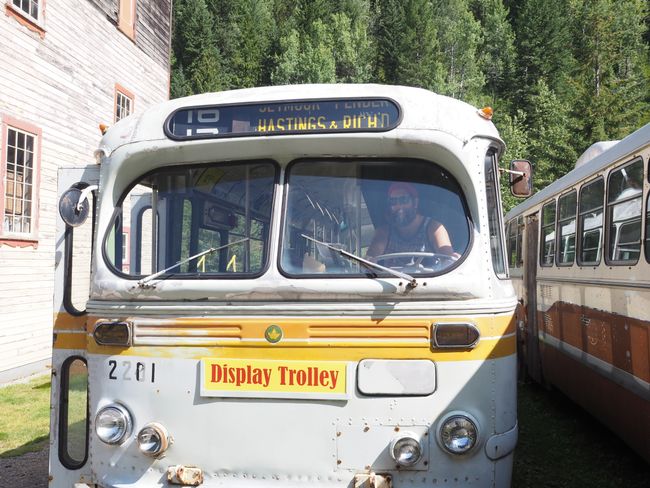
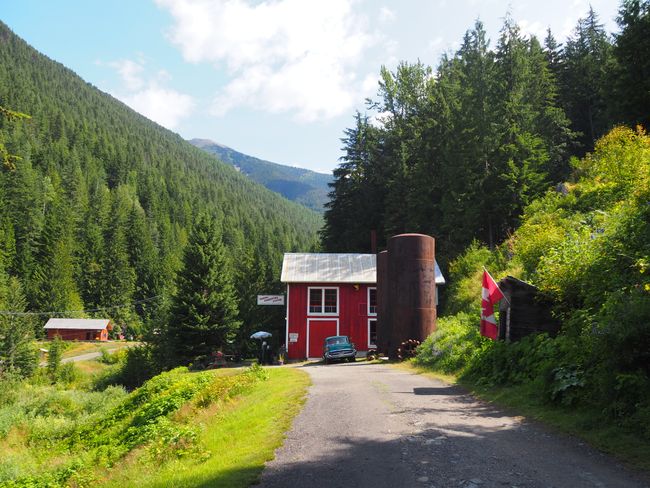
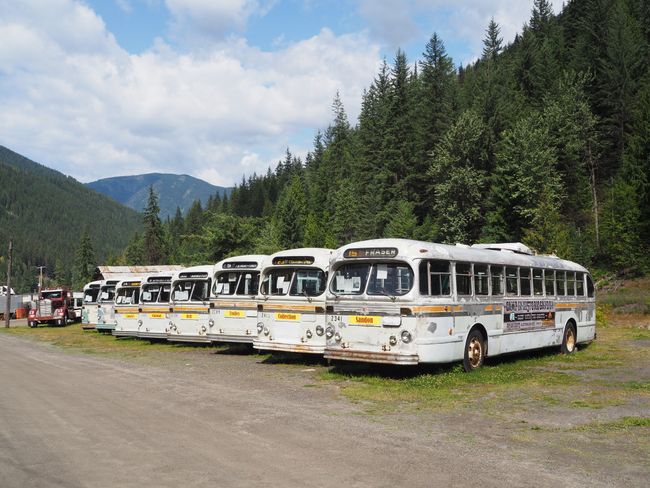
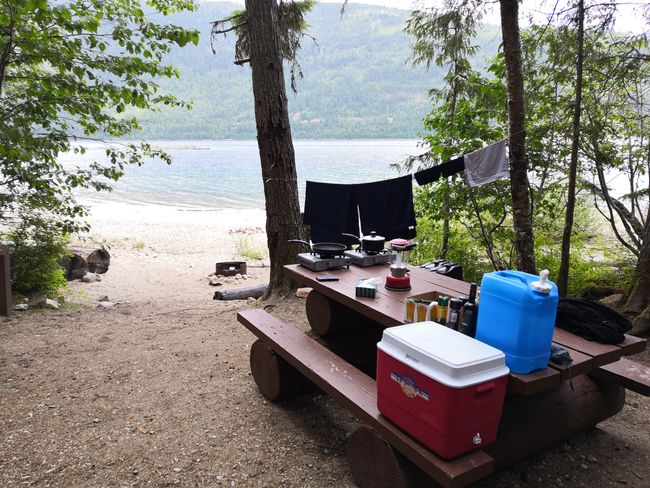
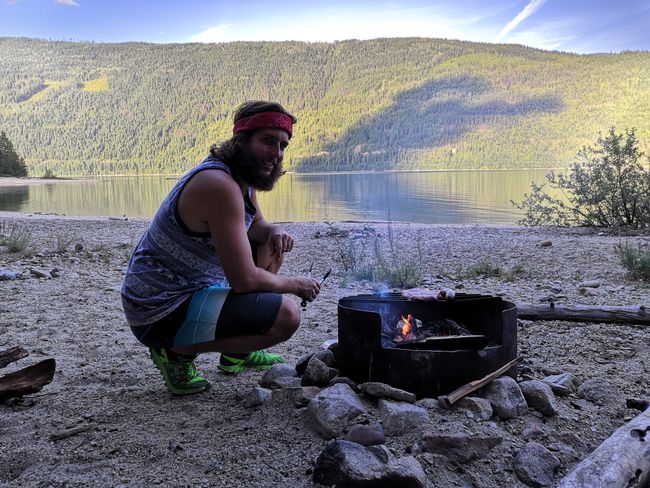
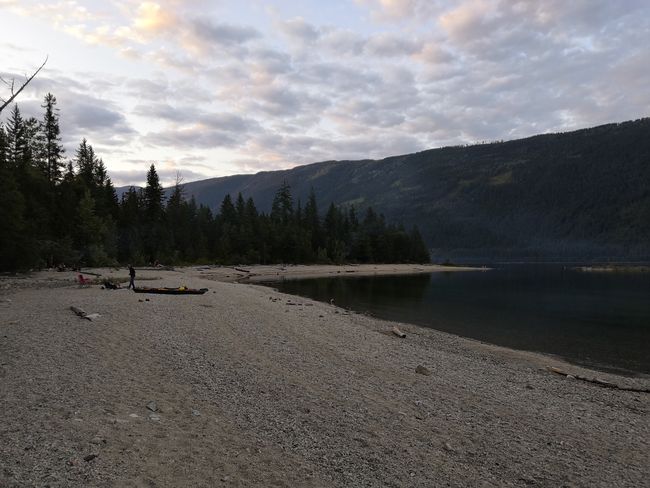
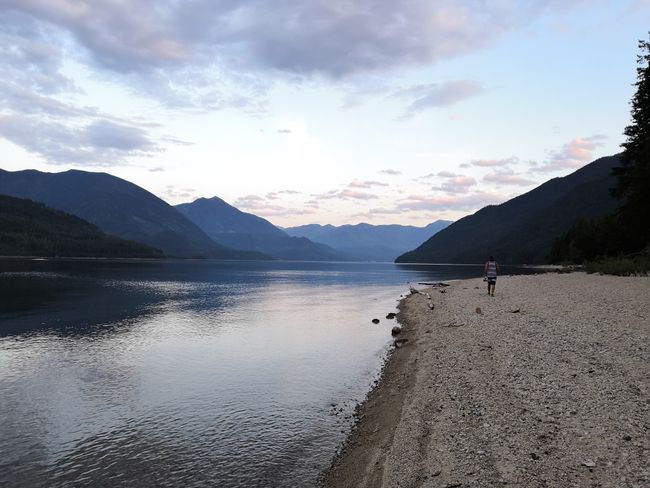
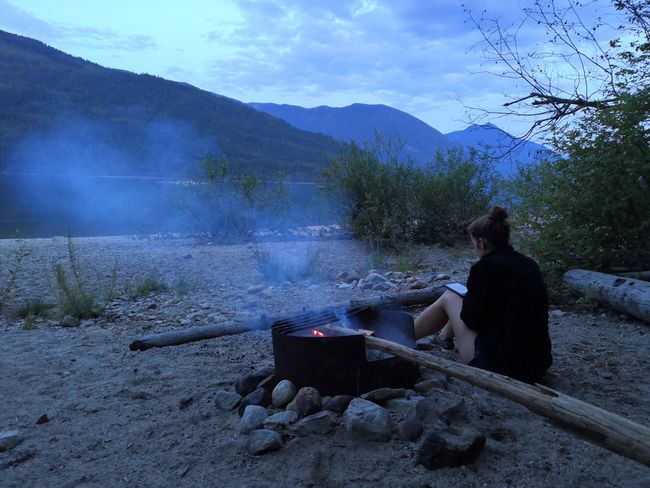
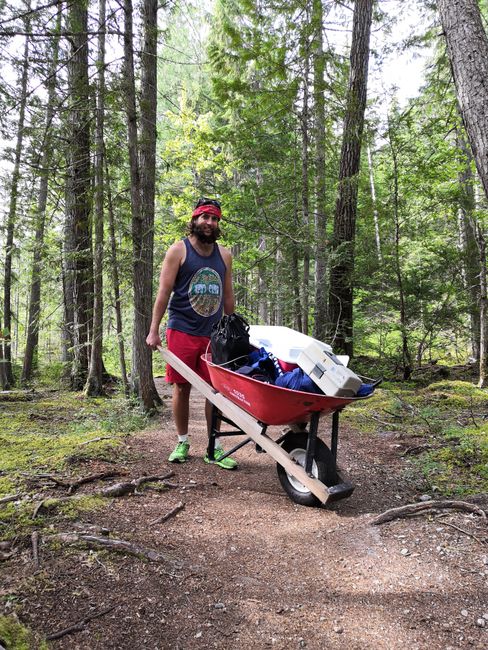
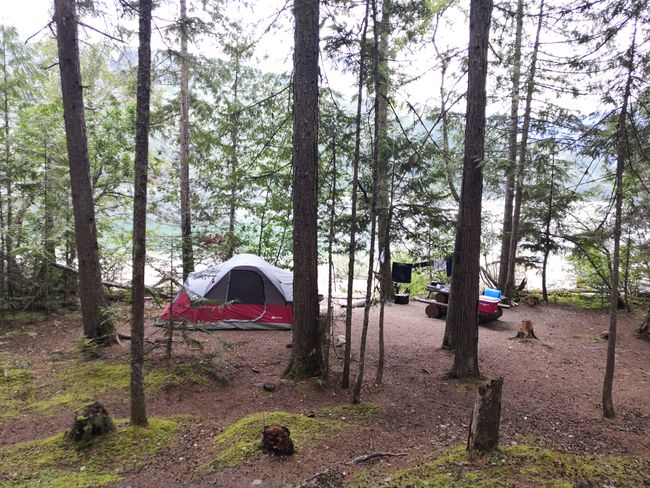
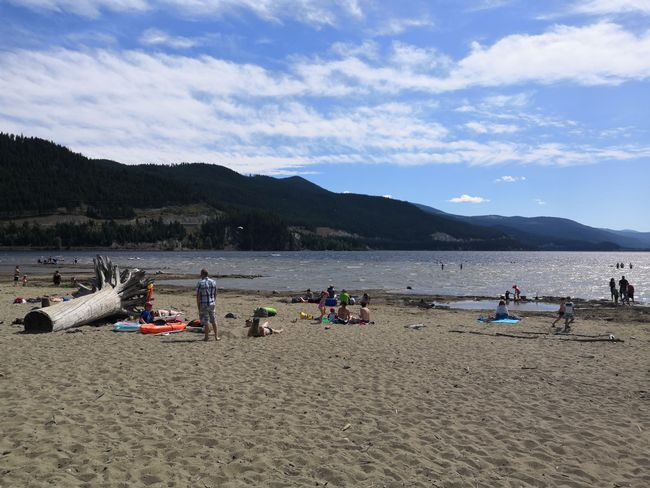
نيوز ليٽر جي رڪنيت حاصل ڪريو
After our first weekend in Castlegar, we headed to Kokanee Glacier Provincial Park. In Nelson, we made a stop to replenish our food supplies. The many historic buildings from the time of the silver rush give the small town a special charm.
We spent the first three nights at Kokanee Creek Provincial Park, just 20 kilometers from Nelson. The campsite was only a few minutes' walk from Kootenay Lake. After setting up our tent for the first time, which was actually quite easy, we spent the rest of the day at the beach. Mathias unsuccessfully tried to catch one of the beautiful red-gray shining fish called Kokanee. After a while, a park ranger informed us that this fish is protected and fishing in Kokanee Creek is illegal. So, out of all the possible fishing spots within a radius of probably a hundred or more kilometers, we managed to choose the one that contains a protected fish. What bad luck. Fortunately, the ranger waived a fine; in the worst-case scenario, the fun could have cost us up to $1000. Since we hadn't caught any fish anyway, it wasn't really a big deal in the end.
We ended the evening with a delicious meal. We enjoyed being able to prepare all the meals to our liking again. When it got pitch dark, the light pollution in Canada is low due to the sparse population, we went to bed. We had a surprisingly comfortable and restful night on the inflatable airbed.
The next day, we took a trip to Gibson Lake. It is located in Kokanee Glacier Provincial Park and can only be reached via a gravel road. The road was in good condition, but we were glad to have rented an SUV. It only took about thirty minutes to drive around the lake. Gibson Lake shone in a wonderful turquoise color and was so clear that we could easily see the bottom. halfway, we made a stop and Mathias tried his luck with the fishing rod again. Unfortunately, no success this time either. Canadian fish apparently don't like corn kernels... At the end of the hike, we flew the drone and enjoyed the view of the lake from above.
In the evening, we lit another fire and grilled – just like we did on all the following days. Because the temperature drops quickly after sunset and it gets very dark, the hours by the fire are all the more precious.
The next day, we embarked on a nearly twenty kilometer hike to the Kokanee Glacier and back. The starting point of the hike was Gibson Lake. From there, a relatively steep path led to the plateau. Since we didn't want to surprise a bear while 'berry picking', we carried a little bell with us. Bears are shy animals that will try to avoid humans if possible. Therefore, it is important to make enough noise while hiking. We decided not to purchase bear spray. The jingling bell was our constant companion, and Andrea earned the nickname 'Bell Ursli' as the bell carrier.
On the plateau, the path ran relatively flat over a scree field. The view of Kokanee Lake was stunningly beautiful. Depending on the light, the glacial lake shone in a bright turquoise color. After another small climb at the end of the plateau, we arrived at Kaslo Lake. At the upper end of the lake, there is a brand new cabin. It was built in memory of the brother of Justin Trudeau, the current Prime Minister of Canada, who died in an avalanche accident in 1998. Since the cabin is only intended for guests, we enjoyed our packed lunch at one of the tables outside.
After lunch, we climbed up the hill behind the cabin, but then turned back because the pass would have led us to the other side of the mountain and we didn't have enough time for that. Just like on the way there, we also spotted many animals on the way back. We saw big marmots, bald eagles, chipmunks, ground squirrels, mice, and various birds. We really enjoyed the varied hike. The only negative point is that there is practically nothing left of the Kokanee Glacier. The melting of glaciers due to climate warming is unfortunately an omnipresent issue in Canada as well.
On the following day, we drove to Slocan Lake via Kaslo and Sandon. The town of Kaslo would make a wonderful setting for a Wild West movie. The colorful wooden houses, including the church, town hall, traditional hotel, and village pub, have all been lovingly restored. An old steamship can also be visited. The history of Kaslo is closely linked to the silver discoveries at the end of the 19th century. It is the oldest community in the region.
We made another stop in Sandon. From what was once the richest silver city in Canada, also known as the 'Monte Carlo of Canada', only a few houses remain today. A major fire at the end of the 19th century destroyed a large part of the city and marked the beginning of its decline. Although the city was rebuilt, many mines only yielded a small amount of silver, and metal prices fell. Most of the approximately 5000 residents then left. Today, Sandon is a ghost town. The few remaining residents strive to keep the memories of the old times alive. We found the visit to the old blacksmith's shop particularly interesting. The huge hydroelectric power plant is still in operation, although it no longer needs to fulfill its original purpose. In addition to the few buildings, numerous buses – the site resembles a bus cemetery – and a steam locomotive from the Canadian Pacific Railway are exhibited there.
In New Denver, we made another stop to replenish our supplies. This place also has a 'western look'. Even the supermarket is hidden behind wooden slats. Loaded with delicious treats, we continued to the campground. The road led us along a 30-kilometer-long gravel road. In the end, we found a tiny camping spot. The place is a so-called 'walk-in site', which means that the car has to be parked in an outdoor area. We transported the equipment to the campsite with a wheelbarrow. The effort was definitely worth it. We set up our tent at the edge of the forest. Each pitch has its own access to the beach, including a fire pit and a large table. The forest is wonderfully idyllic. The entire surface is covered with lush green moss. We also liked the lake. It was rather cold, but refreshing. On the first day, we got to know our neighbors, a couple in their late sixties. We learned from the biologist and his wife, two hippies straight out of a storybook, which berries in the area are edible. So, we diligently picked wild huckleberries. They are sweet and tangy – visually, a little 'strawberry', taste-wise similar to the native 'Meertrübeli'.
We spent two cozy days at the lake. Our neighbors entertained us – and all the other campers – with a guitar and flute. Completely liberated by the music, the lady also occasionally flute joyfully naked. In any case, we couldn't deny her musical talent. The two of them were very lovable and entertaining. Without the usual comforts, we also had to adapt to nature. We showered, or rather bathed, in the lake early in the morning. It was bitterly cold, but definitely a wake-up call! We couldn't get rid of the campfire smell anyway. But since we both smelled like a 'smoked sausage', it didn't matter.
After five days in the 'wilderness', we returned to Castlegar for another weekend (see previous blog post). After that, we will continue to the Rocky Mountains.
نيوز ليٽر جي رڪنيت حاصل ڪريو
جواب
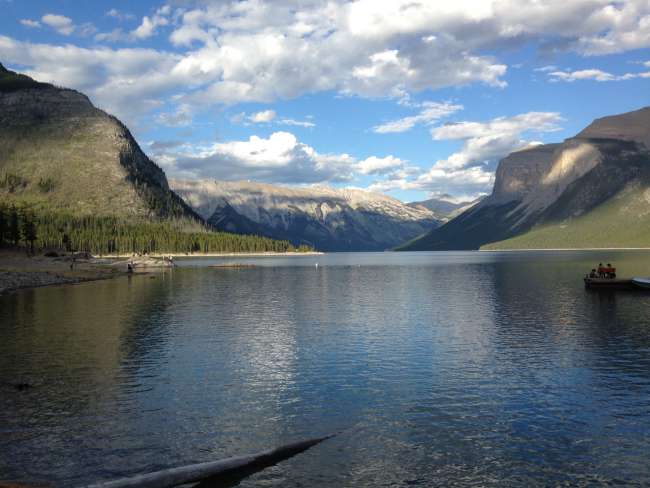
سفر جون رپورٽون ڪينيڊا
